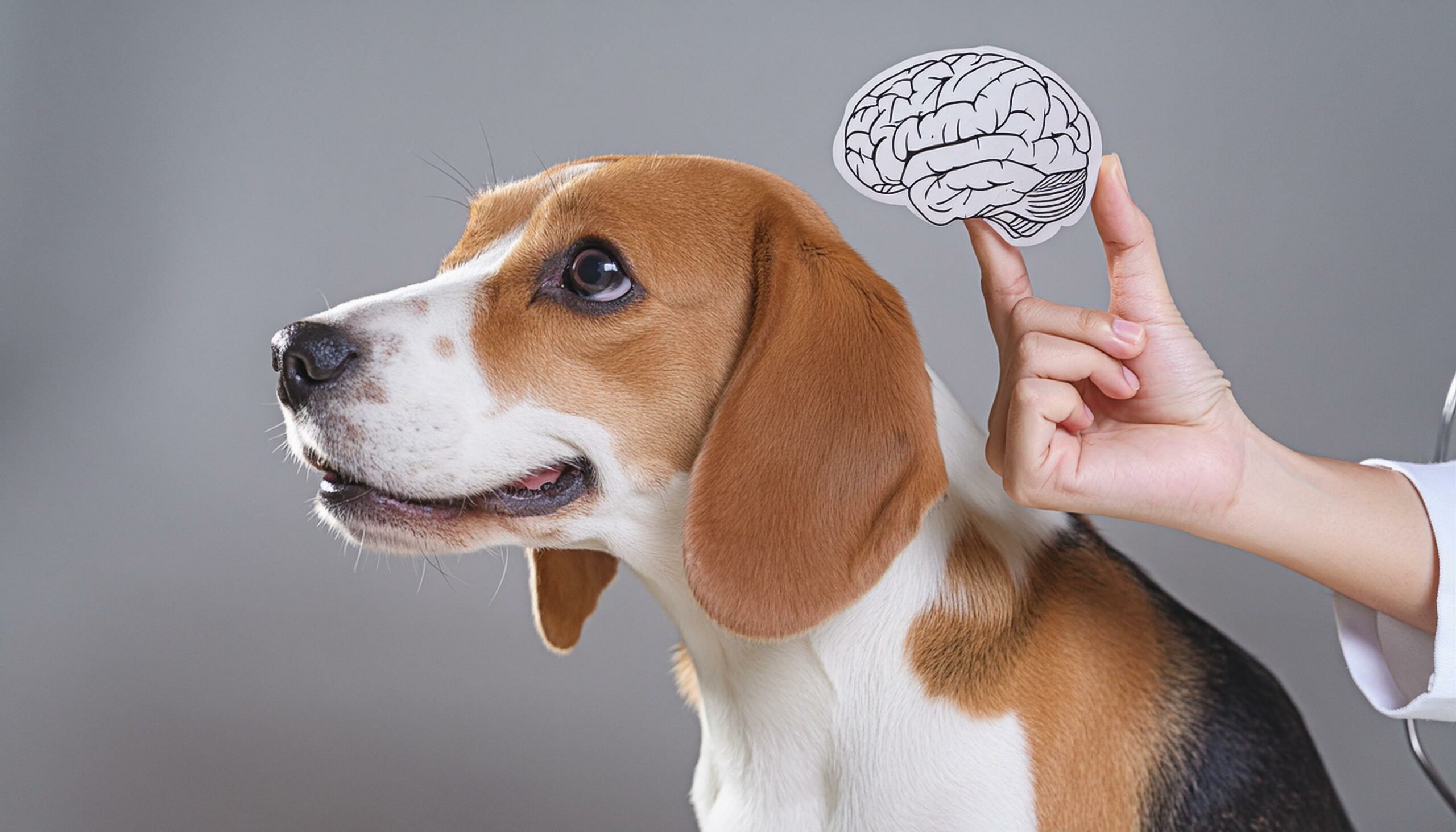Beagles are renowned for their affectionate nature, soulful eyes, and distinctive bay, but have you ever pondered the size of their brains and how it influences their behavior and intelligence?
Understanding Beagle Brains
Size Comparison with Other Dog Breeds
Beagles are a medium-sized breed, and their brains reflect this. While they don’t boast the largest brains among dog breeds like the German Shepherd or the Golden Retriever, they’re not among the smallest either, such as the Chihuahua or the Pomeranian.
Relative to Body Size
Despite not having the largest brains, Beagles have brains proportionate to their body size. This balance suggests evolutionary adaptations tailored for their specific needs, such as tracking scents efficiently, a skill deeply ingrained in their history as hunting dogs.
Anatomy of a Beagle Brain
A Beagle’s brain comprises several distinct regions, each responsible for various functions. The cerebrum governs thinking and voluntary movements, the cerebellum controls balance and coordination, and the brainstem manages fundamental bodily functions like breathing and heart rate.
Cognitive Abilities of Beagles
Learning and Problem Solving
Beagles exhibit remarkable intelligence and problem-solving skills despite their moderate brain size. They are quick learners, particularly in activities that engage their minds, such as obedience training and scent work.
Social Intelligence
In addition to cognitive abilities, Beagles possess impressive social intelligence. They can discern human emotions and form deep bonds with their owners and other dogs, showcasing an understanding that transcends mere obedience.
Factors Affecting Brain Size

Genetics
Genetics play a significant role in determining a Beagle’s brain size and structure. Specific genes influence overall brain size and the development of regions responsible for various behaviors and capabilities.
Environmental Factors
Beyond genetics, environmental factors also influence brain development. Adequate nutrition, physical exercise, and mental stimulation during a Beagle’s formative stages can profoundly impact cognitive function later in life.
Research on Beagle Intelligence
Scientists have conducted extensive studies on Beagle intelligence, yielding valuable insights into their cognitive abilities. These studies highlight the breed’s capacity for learning, memory retention, and problem-solving skills.
Beagle Brain Development
From Birth to Adulthood
A Beagle’s brain undergoes significant development from birth to adulthood. Early experiences and interactions with their environment shape neural connections crucial for learning and behavior, underscoring the importance of early socialization and enrichment.
Practical Implications
Understanding the intricacies of a Beagle’s brain has practical implications for owners. Providing mental stimulation through activities like training sessions, puzzle toys, and interactive play not only enhances their cognitive abilities but also prevents boredom-related behaviors.
Conclusion
In summary, while Beagles may not possess the largest brains in the canine world, their intelligence and social acumen are undeniable. By delving into the factors influencing brain size and development, we gain a deeper appreciation for these beloved companions and can better nurture their cognitive potential.
FAQs
Are Beagles easy to train?
Yes, Beagles are generally eager learners, especially when training involves positive reinforcement techniques.
Do Beagles require a lot of exercise?
Yes, Beagles are an active breed that needs regular exercise to stay healthy and happy.
Are Beagles good with children?
Yes, Beagles are typically friendly and gentle with children, making them excellent family pets.
Do Beagles have a strong sense of smell?
Yes, Beagles have an exceptional sense of smell, which is one of the reasons they excel in scent-related activities like tracking and hunting.
Do Beagles suffer from separation anxiety?
Beagles can develop separation anxiety if left alone for long periods, so it’s essential to provide them with companionship and mental stimulation.
